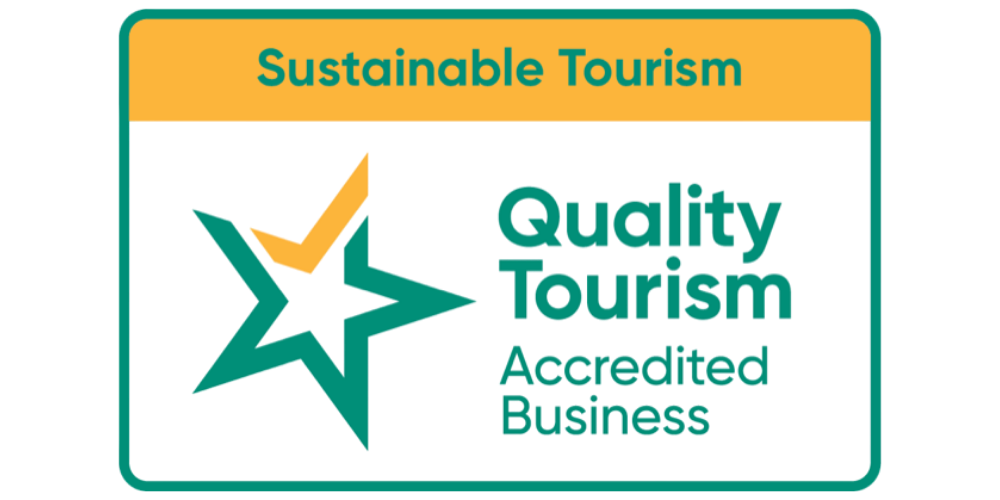The Smart Traveller’s CO₂ Playbook: Measure It, Then Cut It
Adventure should feel good—on the trail and in the conscience. Counting carbon isn’t about guilt; it’s about clarity. Put numbers to your plan, make a few smart swaps, and head out knowing the journey matches your values.
Where your trip’s emissions actually come from
-
Flights: Long-haul legs dominate. Non-stop or single-stop routes often beat multi-stop chains.
-
Ground transport: Short distances add up, especially with private transfers or 4WD days.
-
Accommodation: Energy use varies widely; efficient properties matter.
-
Activities: Boats, scenic flights, and motorsport days are incredible—but footprinted.
-
Meals & extras: Food choices, cold chains, and waste all scale over a multi-day itinerary.
Curious which parts of your plan are the biggest drivers? Run your itinerary through the CO₂ estimator to see totals per guest and per tour: Measure your CO₂.
The 80/20 of shrinking your footprint (without killing the vibe)
-
Fly smarter: Prefer fewer stops; economy over business; pack lighter.
-
Swap segments: Rail or coach for short hops; consolidate transfers where possible.
-
Choose efficient stays: Prioritise properties with good energy practices.
-
Batch the big stuff: Group higher-impact activities into fewer days; skip redundant scenic flights.
-
Eat local, seasonal: Fewer hidden miles, more flavour.
-
Offset generously: Aim beyond 100% to cover uncertainty.
Try this 90-second workflow
-
Sketch your dream route and dates.
-
Enter the details into the CO₂ tool to find the big hitters: Measure your CO₂.
-
Tweak one variable at a time (routing, transfers, stays) and re-check the number.
-
Sense-check the real-world travel duration so your plan survives contact with reality: Travel Time Estimator.
-
Pressure-test your seasonality and heat comfort before locking dates: Best Time to Travel.
Practical examples (quick wins)
-
Two short flights vs. one rail leg: Swap a 45-minute hop + transfer for a scenic train; often lower CO₂ and stress.
-
Late-night arrival vs. daylight: Arrive 2–3 hours before sunset; safer transfers, calmer setup, fewer last-minute taxis.
-
Private car vs. small group: Sharing seats spreads impact (and usually the cost).
Build a plan you actually enjoy
Comfort, time, and impact are a three-way trade. Use this simple stack to balance them:
-
Planet impact: Measure your CO₂
-
Door-to-door reality: Travel Time Estimator
-
Climate comfort: Best Time to Travel (Seasonality & Heat)
Bottom line: Measure first, adjust second, book third. Future-you (and the planet) will thank you.




